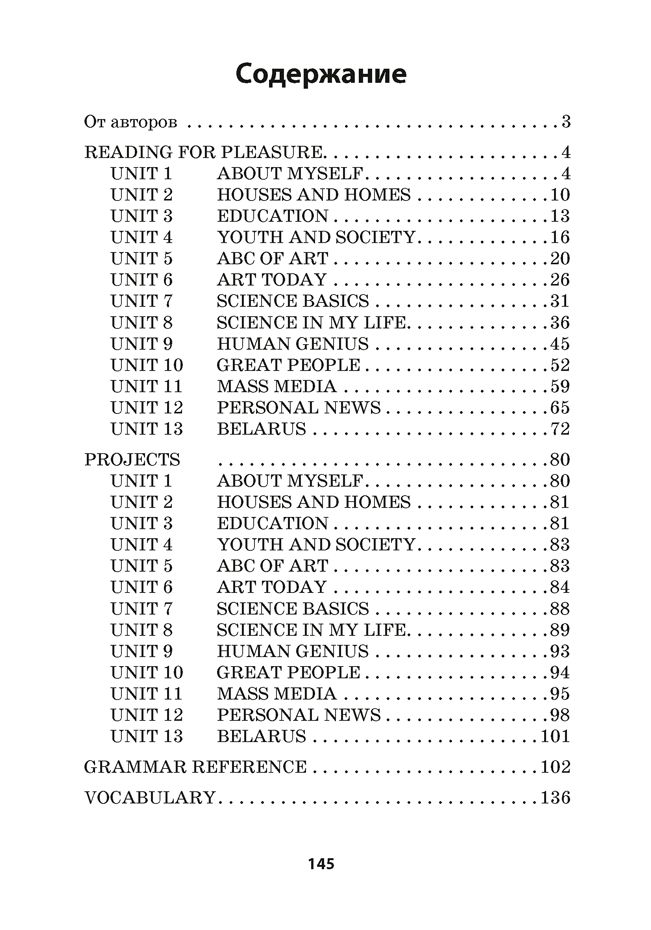Workbook 7 Naumova

Ross River virus (RRV), Barmah Forest virus (BFV), and dengue are three common mosquito-borne diseases in Australia that display notable seasonal patterns. Although all three diseases have been modeled on localized scales, no previous study has used harmonic models to compare seasonality of mosquito-borne diseases on a continent-wide scale. We fit Poisson harmonic regression models to surveillance data on RRV, BFV, and dengue (from 1993, 1995 and 1991, respectively, through 2015) incorporating seasonal, trend, and climate (temperature and rainfall) parameters. The models captured an average of 50–65% variability of the data. Disease incidence for all three diseases generally peaked in January or February, but peak timing was most variable for dengue.
Cologne men 1 7 spray,nb 10 12 wie heeft mijn kaas gepikt,navegando 3 workbook. 1st edition,nc 3rd grade math eog released test,nazi gold,naumova t v.
The most significant predictor parameters were trend and inter-annual periodicity for BFV, intra-annual periodicity for RRV, and trend for dengue. We found that a Temperature Suitability Index (TSI), designed to reclassify climate data relative to optimal conditions for vector establishment, could be applied to this context. Finally, we extrapolated our models to estimate the impact of a false-positive BFV epidemic in 2013. Creating these models and comparing variations in periodicities may provide insight into historical outbreaks as well as future patterns of mosquito-borne diseases. Seasonal patterns of disease, understood as periods of high and low disease incidence that are consistent across years, were recognized as early as 380 BCE. Seasonality in vector-borne diseases (VBDs), in particular, is a well-known epidemiological phenomenon, in part because vectors are so highly influenced by meteorological and environmental conditions. Install band expander mazda atenza.
Understanding the intricacies of seasonal fluctuations in VBDs is critical in the optimization of forecasting and control efforts. Temperature and rainfall are frequently used in models to predict incidence of VBDs. Uchebnik po dorozhnim mashinam vasiljev. In addition, a Temperature Suitability Index (TSI) has been used in previous studies to estimate mosquito abundance, another proxy for disease incidence. The TSI method involves reclassifying weather data based on its suitability relative to optimal climate conditions for vector establishment and may be useful in assessing the impact of weather on disease for macro-geographic scales. In Australia, Ross River virus (RRV), Barmah Forest virus (BFV), and dengue are three of the most common and clinically important VBDs. All display notable seasonal patterns and are transmitted by mosquitos.